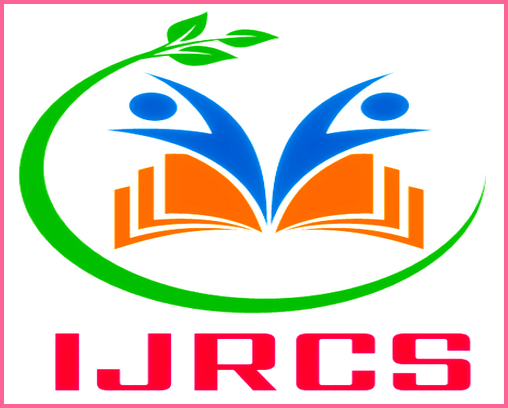Male Friendship, Bromance and Homosociality: A Critical Analysis of the film Kai Po Che (2012)
Author(s): Himadri Roy
Authors Affiliations:
School of Gender and Development Studies
Indira Gandhi National Open University
New Delhi -110068
DOIs:10.2017/IJRCS/202503024 | Paper ID: IJRCS2025030024The film Kai Po Che explores the male friendship and masculine bond to understand socio-cultural norms. Homosoiality is portrayed with fine nuances to comprehend the gamut of social constructing cartographies of emotions that men possess. The essay probes into this emotional essence of their survivality and existence within rubric of a narrative framework that defines and critiques the socio-patriarchal notions of being men and masculine bond. It also tries to decipher the psychology of the protagonists and their relationship within the complex narratology. The essay also focuses how religion and cricket builds up masculine affinity in a lucid homosocial structure.
The film Kai Po Che explores the male friendship and masculine bond to understand socio-cultural norms. Homosoiality is portrayed with fine nuances to comprehend the gamut of social constructing cartographies of emotions that men possess. The essay probes into this emotional essence of their survivality and existence within rubric of a narrative framework that defines and critiques the socio-patriarchal notions of being men and masculine bond. It also tries to decipher the psychology of the protagonists and their relationship within the complex narratology. The essay also focuses how religion and cricket builds up masculine affinity in a lucid homosocial structure.Himadri Roy(2025); Male Friendship, Bromance and Homosociality: A Critical Analysis of the film Kai Po Che (2012), International Journal of Research Culture Society, ISSN(O): 2456-6683, Volume – 9, Issue – 3., Pp. 173-184 Available on – https://ijrcs.org/
- Baker, Brian. 2016. Contemporary Masculinities in Fiction, Film and Television. Bloomsbury.
- Chakraborty, Chandrima. 2011. Masculinity, Aceticism, Hinduism: Past and Present Imaginings of India. Permanent Black.
- Chopra, Radhika. Ed. 2007. Reframing Masculinities. Orient Longman.
- Doron, Assa, & Broom, Alex. Eds. 2014. Gender and Masculinities. Routledge.
- Hunt, Stephen J. & Andrew K. T. Eds. 2012. The Ashgate Research Companion to Contemporary Religion and Sexuality. Ashgate.
- Kaplan, Danny. 2005. Public Intimacy: Dynamics of Seduction in Male Homosocial interactions. Symbolic Interaction. Vol.28. No. 4 (Fall 2005).
- Kaplan, Danny and Yanay, Niza. 2006. ‘Fraternal Friendship and Commemorative Desire’, Scoial Analysis: The International Journal of Social and Cultural Practice. Vol. 50. No. 1. (Spring, 2006).
- Lang, Robert. 2002. Masculine Interests: Homoerotics in Hollywood Film. Columbia University Press.
- Reeser, Todd W. 2010. Masculinities in Theory. Wiley-Blackwell.
- Sedgwick, Eve Kosofsky. 1985. Between Men: English Literature and Male Homosocial Desire. Columbia University Press.
- Swain, S. 2001. ‘Covert Intimacy: Closeness in Men’s Friendships’, Cohen, Theodore F. Ed. 2001. Men and Masculinity: A Text Reader. Wadsworth Publishing.
- Tolson, Andrew. 2006. ‘Boys will be Boys’, Men and Masculinities, Vol. II: Materialising Masculinity. Routledge.
- Vincent, J. Keith. 2012. Two-Timing Modernity: Homosocial Narrative in Modern Japanese Fiction. Harvard University Asia Centre.
- Whitehead, Stephen M. & Barrett, Frank J. Eds. 2004. The Masculinities Reader. Polity Press.
- Whitson, David. 1990. Sport in the Social Construction of Masculinity. Men and Masculinities, Vol. II: Materialising Masculinity. Routledge.
- Williams, D. G. 1985. ‘Gender, Masculinity-Femininity, and Emotional Intimacy in Same-Sex Friendship, Sex Roles, Vol.12. Nos. 5/6




